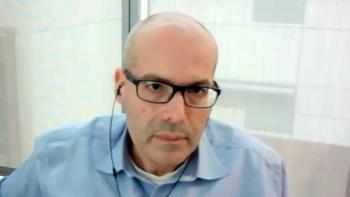
Combining sotorasib with panitumumab may reduce the burden of disease in patients with KRAS G12C-mutated metastatic colorectal cancer.

Your AI-Trained Oncology Knowledge Connection!


Combining sotorasib with panitumumab may reduce the burden of disease in patients with KRAS G12C-mutated metastatic colorectal cancer.
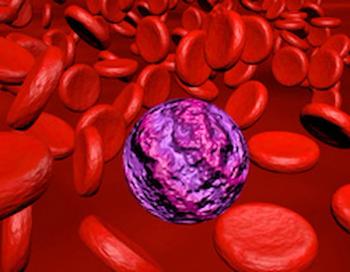
Obe-cel shows efficacy in R/R B-ALL, especially in those with a favorable CAR-HT risk profile, according to data from the phase 1/2 FELIX study.
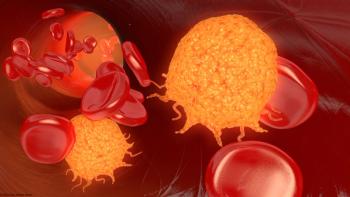
A total of 3 patients with AML treated with the lowest dose of tuspetinib at 40 mg completed the first cycle of treatment with no dose-limiting toxicities.
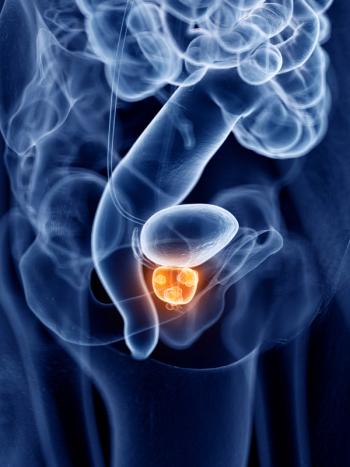
The TALAPRO-2 trial revealed promising survival data for patients with metastatic CRPC treated with talazoparib and enzalutamide.

Data from the CheckMate 7FL trial may inform treatment decisions regarding preoperative immunotherapy for patients with breast cancer.
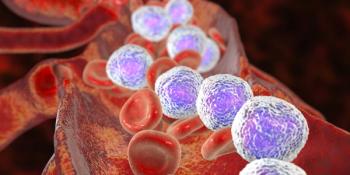
Juan Alderuccio, MD, discussed treatment strategies for MZL, particularly as they relate to quality of life, and the role of prognosis models on treatment.
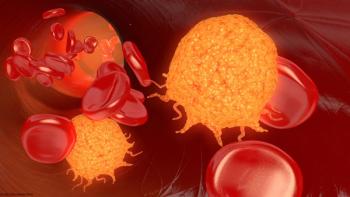
Early INB-100 results showed the potential to achieve durable remissions and improve survival in patients with complex leukemias, particularly AML.
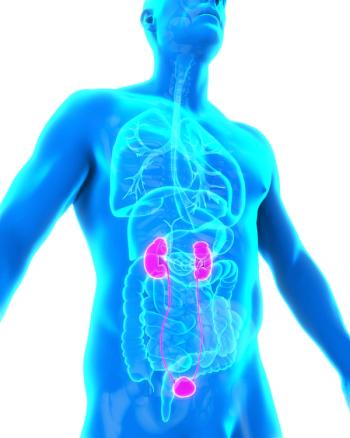
The 2025 Genitourinary Cancers Symposium will feature key updates in the management of different bladder, prostate, and kidney cancer populations.
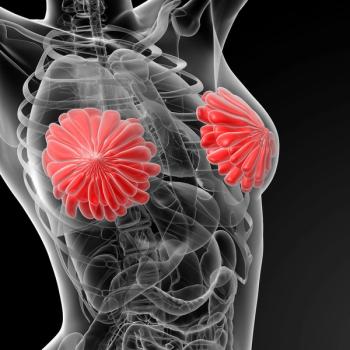
Pertuzumab retreatment modestly improved progression-free survival and meaningfully improved overall survival in advanced nHER2–positive breast cancer.

Aditya Bardia, MD, MPH, FASCO, spoke about how the FDA approval of T-DXd in HER2-low or ultralow breast cancer will allow for a broader treatment range.
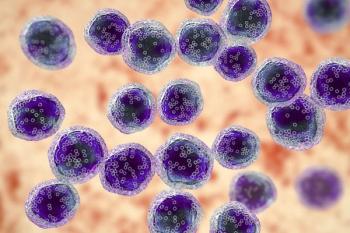
Julie M. Vose, MD, MBA, answered questions about the significance and potential impact of MZL Workshop.

Data from the ECHELON-3 trial support the approval of the brentuximab vedotin combo in relapsed/refractory B-cell lymphoma.
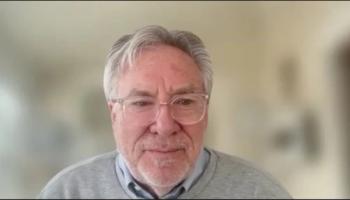
Findings from the phase 2b ReNeu trial show significant pain relief with mirdametinib in adult and pediatric patients with NF1-PN.

Findings from the CodeBreak 300 study have cemented sotorasib/panitumumab as a third-line treatment option for KRAS G12C-mutated colorectal cancer.

The dispersible tablet formulation of mirdametinib may offer convenience to patients with NF1-PN and difficulty with swallowing pills.

Findings from the phase 2b ReNeu trial support the approval of mirdametinib for patients with neurofibromatosis type 1-associated plexiform neurofibromas.
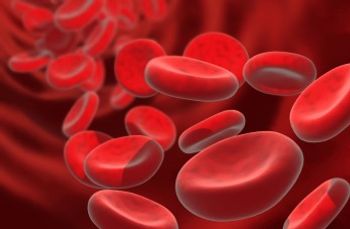
Efficacy results from the phase 1/2 LINKER-MM1 trial evaluating linvoseltamab in relapsed or refractory multiple myeloma support the decision.
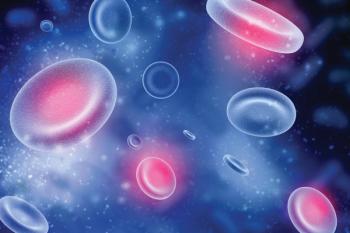
A pathologist discusses the challenges of diagnosing nodal MZL, including its lack of specific defining characteristics.
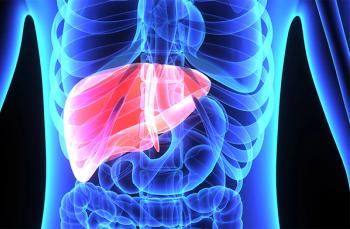
Amezalpat plus atezolizumab and bevacizumab achieved a 6-month increase for OS compared with atezolizumab and bevacizumab alone in patients with HCC.

Adding panitumumab to sotorasib has yielded higher responses rates in KRAS G12C-mutated CRC compared with prior standards of care.
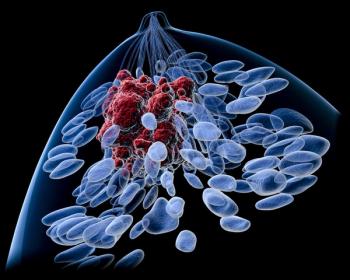
Findings from the ICE3 trial revealed that no serious adverse effects were experienced related to the use of cryoablation in ipsilateral breast tumors.

Sotorasib plus panitumumab may offer improved survival compared with previously approved treatment options in KRAS G12C-mutated colorectal cancer.

Hematologists gathered to discuss recent updates on bispecific antibodies surrounding patients with relapsed/refractory multiple myeloma.
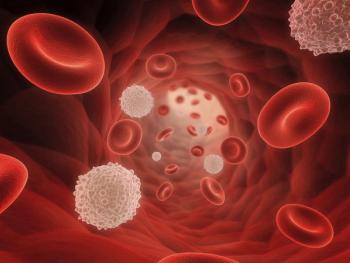
In the phase 2 TRANSCEND FL trial, lisocabtagene maraleucel met its primary end point of overall response rate in patients with marginal zone lymphoma.

Marginal Zone Lymphoma experts discussed recent advancements in all areas of MZL, while calling attention to gaps in knowledge in the 2024 MZL Scientific Workshop.

Experts from Washington University in St. Louis discuss trial results and infusion-related reaction management for amivantamab in EGFR-mutated NSCLC.
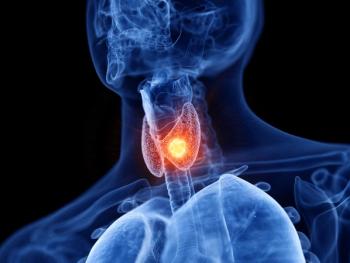
A population-based study led by Cedars-Sinai investigators found that thyroid cancer continues to be overdiagnosed, while the risk of dying from the disease has remained the same.
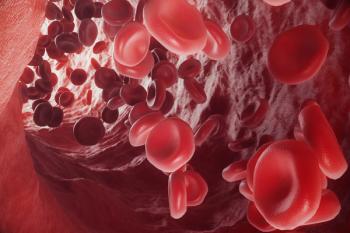
A retrospective systemic literature review showed that increased lines of therapy led to decreased HRQOL in patients with relapsed/refractory myeloma.

The panel discussed the different ways to treat patients with HER2-positive metastatic breast cancer who also have brain metastases.

Following promising results from a trial investigating the effects of 225Ac-SSO110 on Balb/c nude mice injected with the xenograft model of SCLC, IND clearance was granted by the FDA.